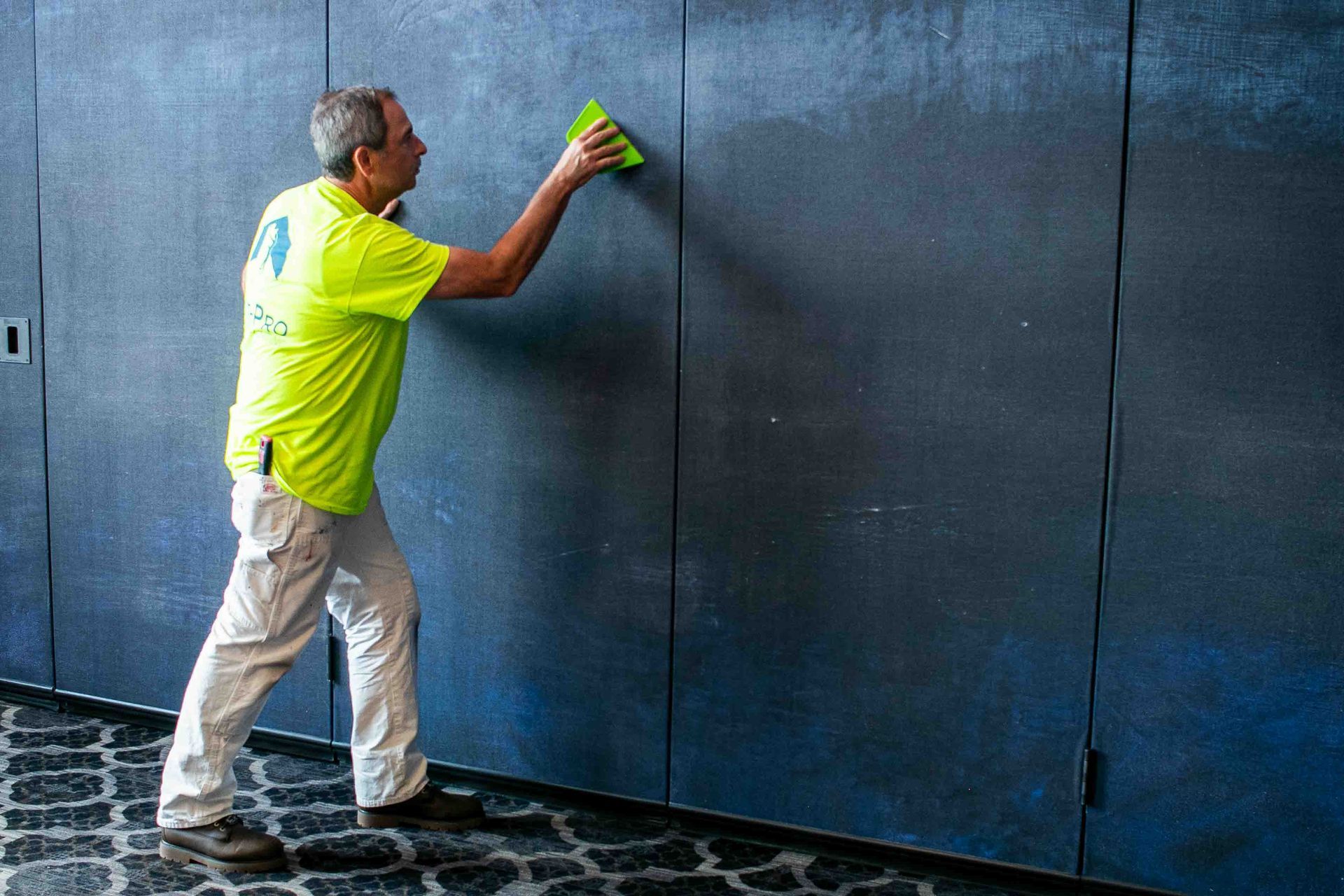In the bustling world of commercial real estate, appearances matter. A well-maintained exterior and interior enhance a property’s aesthetic appeal and contribute to its longevity and value. Regular maintenance painting is one of the most effective ways to preserve a commercial building’s visual appeal and structural integrity.
In this piece, we’ll delve into the importance of regular maintenance painting for commercial properties and why it should be a priority for property owners and managers.
Preserving Aesthetic Appeal and Professional Image
First impressions count, especially in commercial real estate. The exterior appearance of a property is often the first thing visitors, tenants, and clients notice. Faded, peeling paint can give the impression of neglect and detract from the overall curb appeal of the building.
Regular maintenance painting ensures that the exterior surfaces remain fresh, vibrant, and inviting, reflecting positively on the professionalism and care taken by the property owner or manager. Moreover, a well-maintained interior creates a positive atmosphere for employees, tenants, and customers. Freshly painted walls and surfaces create a clean and vibrant environment that fosters productivity, enhances morale, and leaves a lasting impression on visitors.
Protecting Against the Elements
Commercial buildings face harsh environmental conditions year-round, including sunlight, rain, snow, and fluctuating temperatures. These elements can impact exterior surfaces, causing paint to fade, crack, or peel over time. Regular maintenance painting provides a protective barrier against the elements, shielding the underlying structure from moisture, UV rays, and other weather-related damage.
Property owners can prevent more extensive and costly repairs by addressing minor issues promptly through regular painting maintenance. Investing in preventive maintenance not only extends the lifespan of the building but also reduces the risk of structural damage and associated expenses.
Compliance with Regulations and Standards
In addition to aesthetic and structural considerations, regular maintenance is essential for ensuring compliance with regulations and standards. Depending on the location and type of commercial property, there may be specific requirements regarding maintaining exterior appearances and using certain paint materials.
By staying proactive with maintenance painting, property owners can avoid fines or penalties for non-compliance with local regulations. Furthermore, adhering to industry standards for paint quality and application helps maintain the safety and integrity of the building, protecting the health and well-being of occupants and visitors.

Enhancing Property Value and Marketability
Commercial properties that are well-maintained and visually appealing command higher market value and are more attractive to potential tenants and buyers. A building with a fresh coat of paint exudes professionalism and curb appeal, making it stand out in a competitive market.
Regular maintenance painting preserves the property’s value and enhances marketability, leading to faster leasing or sale opportunities. Whether attracting new tenants or retaining existing ones, the investment in maintenance painting yields tangible returns in terms of occupancy rates and rental income.
Partnering with Professional Painting Contractors
While regular maintenance painting is vital for commercial properties, partnering with experienced and reputable painting contractors is essential for optimal results. Professional painters have the expertise, tools, and resources to assess the building’s condition, recommend appropriate paint products and application methods, and execute the project efficiently and effectively.
Property owners can ensure high-quality results that meet their aesthetic, functional, and budgetary requirements by entrusting maintenance painting to skilled professionals. Moreover, working with a reliable painting contractor offers peace of mind, knowing that the property is in capable hands and will receive the attention it deserves.

Work With SmithPro Commercial Painting
Regular maintenance painting is critical to preserving commercial properties’ beauty, durability, and value. The benefits of maintenance painting are numerous and far-reaching, from enhancing curb appeal and protecting against the elements to ensuring compliance with regulations and improving marketability. Property owners and managers who prioritize regular maintenance painting demonstrate a commitment to upholding the professional image of their properties and safeguarding their long-term investment.
Investing in preventive maintenance today can enjoy lasting benefits tomorrow and beyond. Our competitive pricing and high-quality craftsmanship set us apart and sustain our commitment to excellence. Let us help you with your painting needs, and contact us today!










